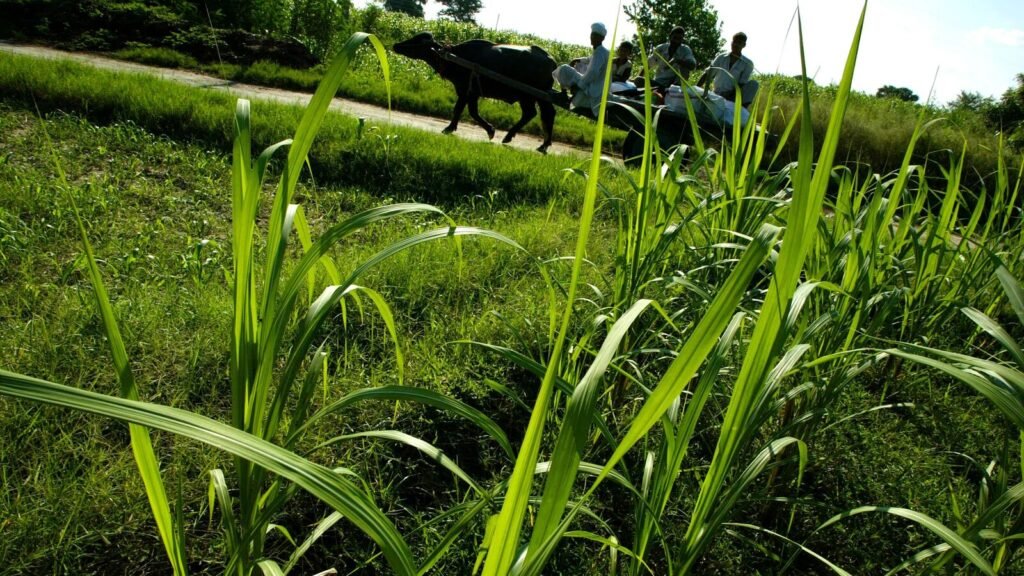What the ban on using sugarcane juice for ethanol means for producers

Amid growing enthusiasm about the ethanol blending programme, the government’s decision to stop diverting sugar for ethanol manufacturing seems like a retrograde move for manufacturers.
The government has directed all mills and distilleries to immediately stop using sugarcane juice or sugar syrup for manufacturing ethanol in ESY2023-24. ESY refers to the ethanol supply year, which runs from December to November. Shares of sugar producers such as Shree Renuka Sugars Ltd, Balrampur Chini Mills Ltd, EID Parry India Ltd and Bajaj Hindusthan Sugar Ltd have slumped 6-11% in the past two trading sessions on the news.
This measure is possibly in anticipation of low sugar production during the current crushing season (October 2023 to September 2024) after a weak monsoon, particularly in Maharashtra and Karnataka, which are major sugarcane producers.
According to Prashant Biyani, vice president – institutional equity research, Elara Capital, sugar production was earlier estimated at 29.5-30 million tonnes during the current crushing season, but after the government’s recent announcement, production is likely to be higher at 31.5-32 million tonnes. This would lead to excess supply, which could put pressure on sugar prices. Currently, ex-mill prices are up 10% year-on-year at ₹40 per kg, but this could fall to ₹38, he cautioned.
That said, this diversion is expected to cause a notable drop in ethanol volume projections for FY25. The government has targeted 20% ethanol blending in petrol by ESY2025-26. Oil marketing companies achieved 12% ethanol blending during ESY2022-23.
Achal Lohade, an analyst at JM Financial Institutional Securities, agrees that the recent development is a big blow to most sugar manufacturers, mainly because the sugarcane juice route has large volumes even when realizations are low. “This means that volumes could take a hit,” he said, adding that it could be partially offset by selling more sugar instead of allocating it for ethanol production, and higher margins in the C molasses route.
It is worth noting that demand for sugar is inelastic, which means consumption would remain the same even if production increased. On the bright side, sugar mills and distilleries can continue making ethanol from B-heavy molasses. This raises the possibility of the government raising prices of B-heavy molasses-based ethanol to encourage higher ethanol production from this feedstock.
Moving forward, Biyani pointed out that domestic sugar prices will a crucial factor to monitor for the margins trajectory of sugar companies. According to management commentary in the September quarter, moderation in sugar inventory is one reason why domestic sugar prices have been firm.
